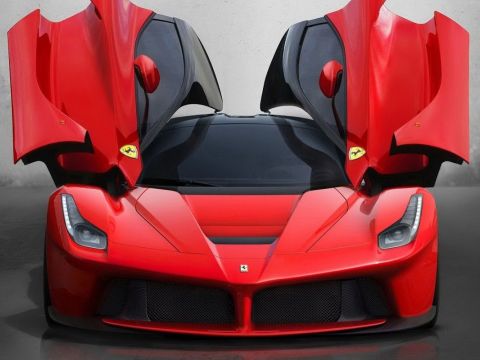Ferrari is synonymous with luxury, performance, and exclusivity. The models mentioned below represent the best of what Ferrari has to offer. Each car has its unique characteristics, whether it's the cutting-edge hybrid technology of the LaFerrari or the legendary racing pedigree of the 250 GTO. From the timeless design of the Enzo to the raw power of the F40, these cars have left an indelible mark on the automotive world.
Whether you're a collector, an enthusiast, or simply someone who appreciates a beautifully crafted car, Ferrari continues to deliver unrivaled driving experiences. Each model mentioned in this article embodies the essence of Ferrari's philosophy - to create the ultimate sports car.
Top Ferrari Models Ranked
Ferrari is a name that needs no introduction. Ferrari has symbolized class and sophistication for decades with its sleek designs, powerful engines, and exhilarating performance. This article will rank the top Ferrari models based on performance statistics, historical significance, aesthetic appeal, technological advancements, and popularity and acclaim.
Ferrari LaFerrari
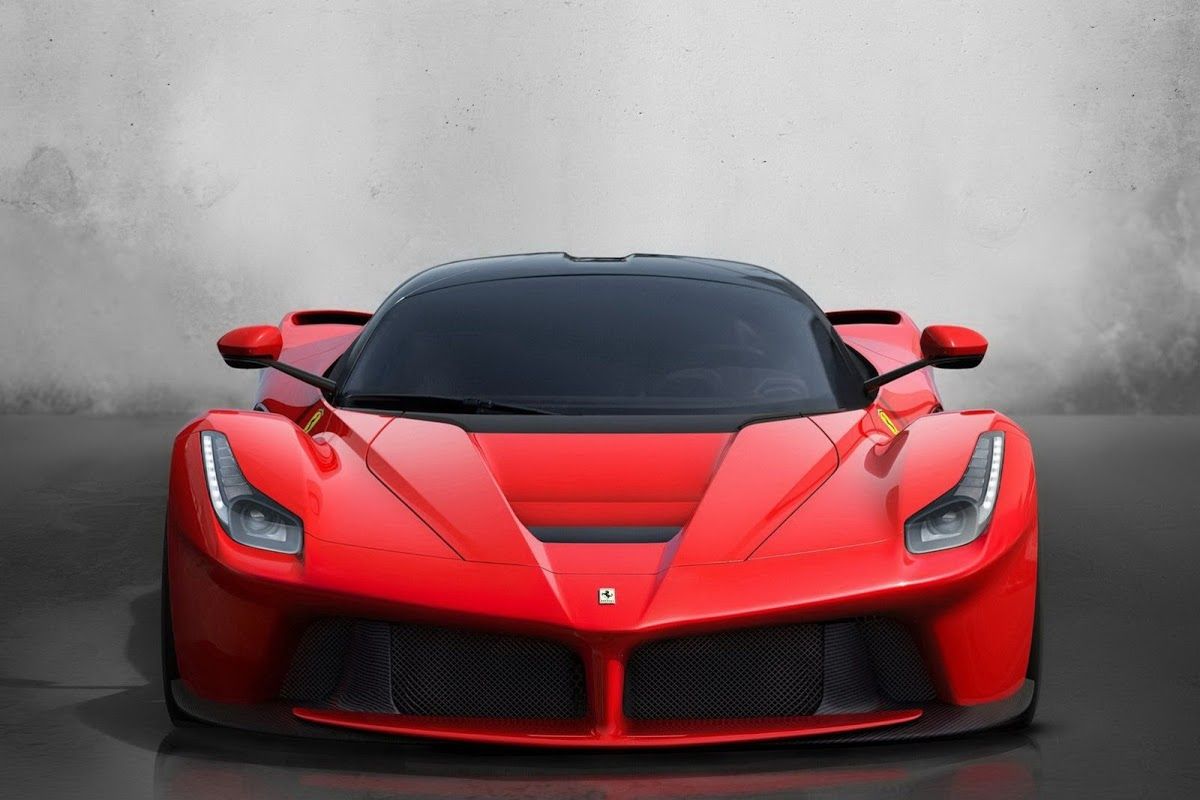
Performance statistics:
- Horsepower: 949 hp
- Maximum speed: 217 mph
- Acceleration: 0-60 mph in under 3 seconds
Historical significance:
The LaFerrari is regarded as one of the most iconic Ferrari models ever. Launched in 2013, it was the first Ferrari to use hybrid technology, combining a V12 engine with an electric motor. Only 499 units were produced, making it a highly sought-after collector's car.
Aesthetic appeal:
The LaFerrari's design is a perfect blend of form and function. Its sleek lines, aggressive stance, and aerodynamic body make it a head-turner on the road. The scissor-style doors add an extra touch of style and exclusivity.
Technological advancements:
Besides its hybrid powertrain, the LaFerrari boasts advanced technologies like active aerodynamics and a state-of-the-art suspension system. These features enhance its performance and handling, ensuring an unforgettable driving experience.
Popularity and acclaim:
The LaFerrari received widespread acclaim from critics and enthusiasts alike. Its limited production and groundbreaking technology added to its appeal. Today, it is considered one of the most valuable cars in the world, with some examples fetching millions of dollars at auctions.
Ferrari 250 GTO
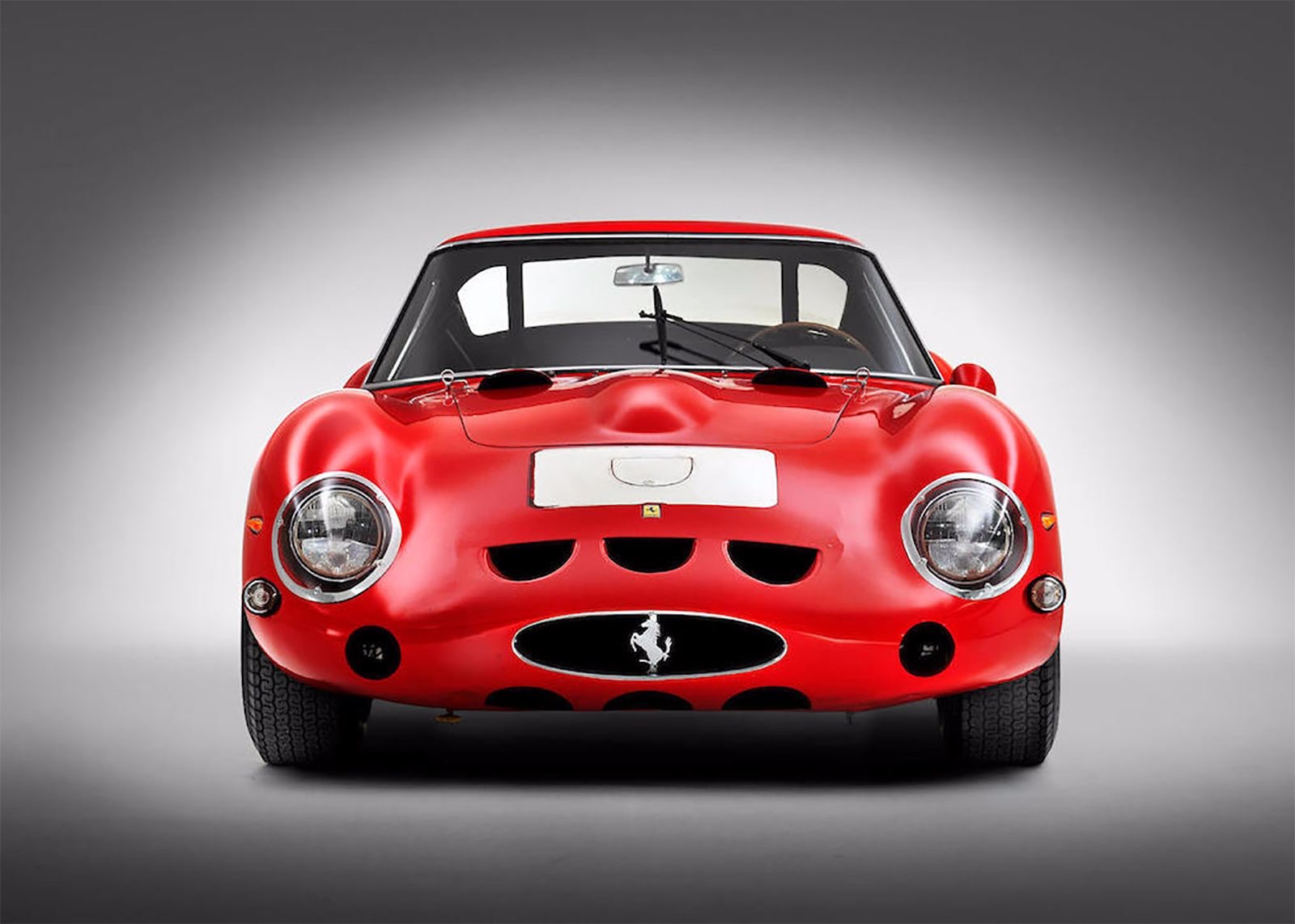
Performance statistics:
- Horsepower: 296 hp
- Maximum speed: 174 mph
- Acceleration: 0-60 mph in 6.1 seconds
Historical significance:
The Ferrari 250 GTO is a true legend in automotive history. Produced between 1962 and 1964, it was designed for racing and dominated various motorsport events. Only 39 units were ever made, making it one of the rarest and most valuable Ferraris.
Aesthetic appeal:
With its timeless design, the Ferrari 250 GTO is considered one of the most beautiful cars ever created. Its curvaceous body, elegant lines, and iconic grille make it a true work of art.
Technological advancements:
At its production, the Ferrari 250 GTO featured cutting-edge technology. It had a lightweight alloy body, independent suspension, and powerful disc brakes, setting new standards for performance and handling.
Popularity and acclaim:
Collectors and enthusiasts highly covet the Ferrari 250 GTO. Its limited production numbers, successful racing pedigree, and stunning design have made it one of the most desirable cars in the world. In 2018, a 250 GTO was sold at auction for $48 million, solidifying its status as an automotive icon.
Ferrari F40
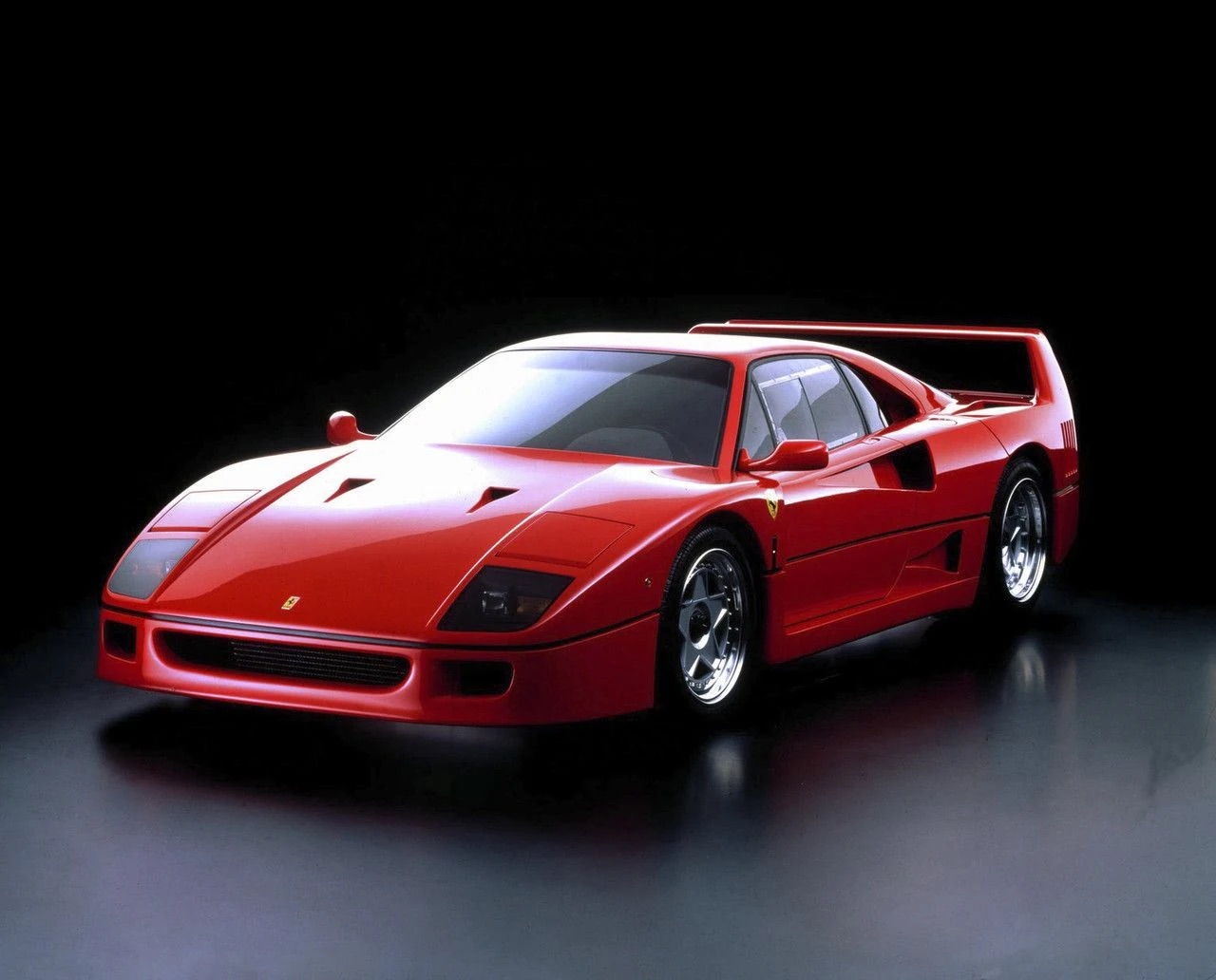
Performance statistics:
- Horsepower: 471 hp
- Maximum speed: 201 mph
- Acceleration: 0-60 mph in 3.8 seconds
Historical significance:
The Ferrari F40 is a true symbol of the 1980s. Produced from 1987 to 1992, it was the last Ferrari model personally approved by Enzo Ferrari before his death. The F40 was built to celebrate Ferrari's 40th anniversary and became an instant sensation.
Aesthetic appeal:
The F40's design is a perfect representation of the '80s supercar aesthetic. Its aggressive body lines, large rear spoiler, and signature red color make it instantly recognizable. The absence of unnecessary luxury features emphasizes its focus on pure performance.
Technological advancements:
At its release, the F40 pushed the boundaries of automotive technology. It was the first production car to break the 200 mph barrier and featured a lightweight carbon fiber body, turbocharged engine, and advanced aerodynamics.
Popularity and acclaim:
The Ferrari F40 gained immediate popularity and has since become an automotive icon. Its limited production numbers, raw performance, and connection to Enzo Ferrari himself have made it a highly desirable collector's car. Today, finding a well-preserved F40 can be daunting, and prices have skyrocketed in the collector car market.
Ferrari 488 Pista
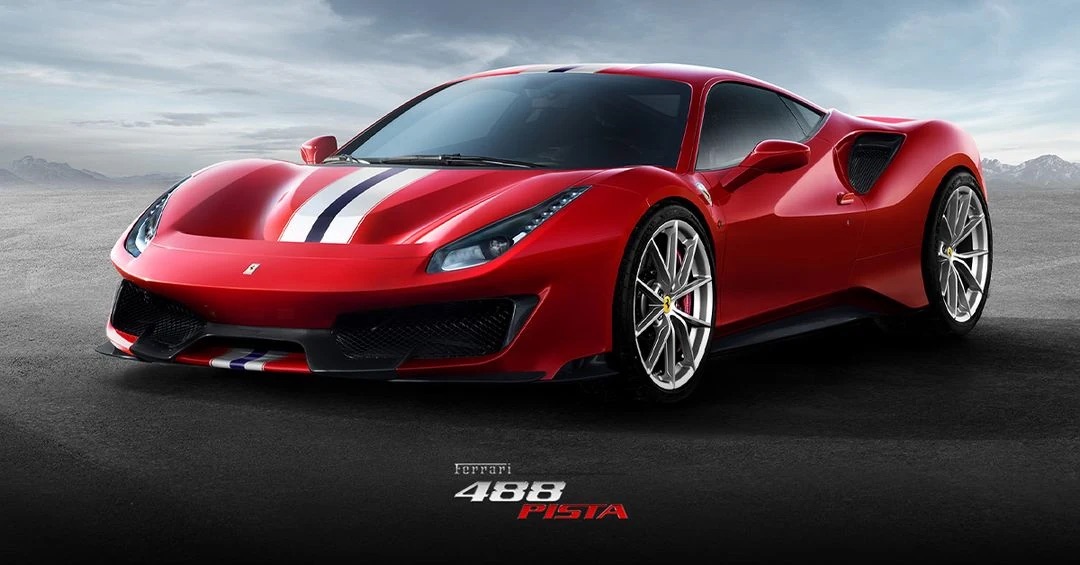
Performance statistics:
- Horsepower: 710 hp
- Maximum speed: 211 mph
- Acceleration: 0-60 mph in 2.7 seconds
Historical significance:
Launched in 2018, the Ferrari 488 Pista is the track-focused version of the 488 GTB. Its name, "Pista," translates to "track" in Italian, emphasizing its racing pedigree. The 488 Pista is a direct descendant of Ferrari's racing heritage.
Aesthetic appeal:
The 488 Pista features aggressive bodywork, aerodynamic enhancements, and a striking appearance. Its design balances form and function; every curve and angle serves a purpose.
Technological advancements:
The 488 Pista incorporates advanced technologies derived from Ferrari's racing experience. It features an enhanced version of the 488 GTB's twin-turbo V8 engine, a new aerodynamic package, and cutting-edge suspension and braking systems.
Popularity and acclaim:
The Ferrari 488 Pista has received widespread acclaim for its performance and drivability. It has been praised for its precise handling, blistering acceleration, and ability to deliver a thrilling track experience. The 488 Pista has become a favorite among enthusiasts and has cemented its place as one of the top Ferrari models of recent years.
Ferrari Enzo
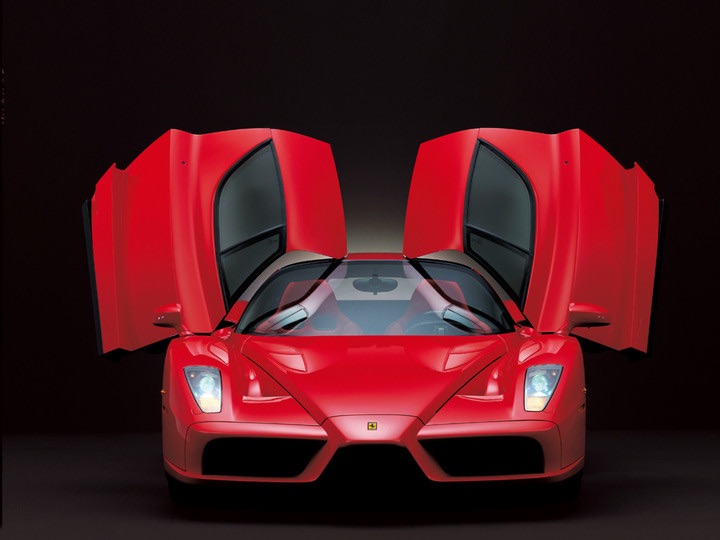
Performance statistics:
- Horsepower: 651 hp
- Maximum speed: 217 mph
- Acceleration: 0-60 mph in 3.6 seconds
Historical significance:
The Ferrari Enzo, named after the company's founder, was produced from 2002 to 2004. It represented the pinnacle of Ferrari's engineering and design prowess at the time. Its low production numbers and advanced technology have made it highly sought-after by collectors.
Aesthetic appeal:
The Enzo's design is a perfect blend of form and function. It features sharp lines, aerodynamic curves, and a commanding presence on the road. The gullwing doors further enhance its visual impact.
Technological advancements:
The Ferrari Enzo featured numerous technological advancements. It was the first Ferrari to incorporate carbon fiber extensively in its construction, resulting in a lightweight yet rigid body. Its V12 engine and advanced suspension system further showcased Ferrari's commitment to performance.
Popularity and acclaim:
The Ferrari Enzo received universal acclaim for its performance and design. Its limited production numbers, connection to Enzo Ferrari, and its inclusion of cutting-edge technologies have made it one of the most coveted Ferraris of all time. Collectors are willing to pay a premium to own this automotive masterpiece.
Ferrari 812 Superfast
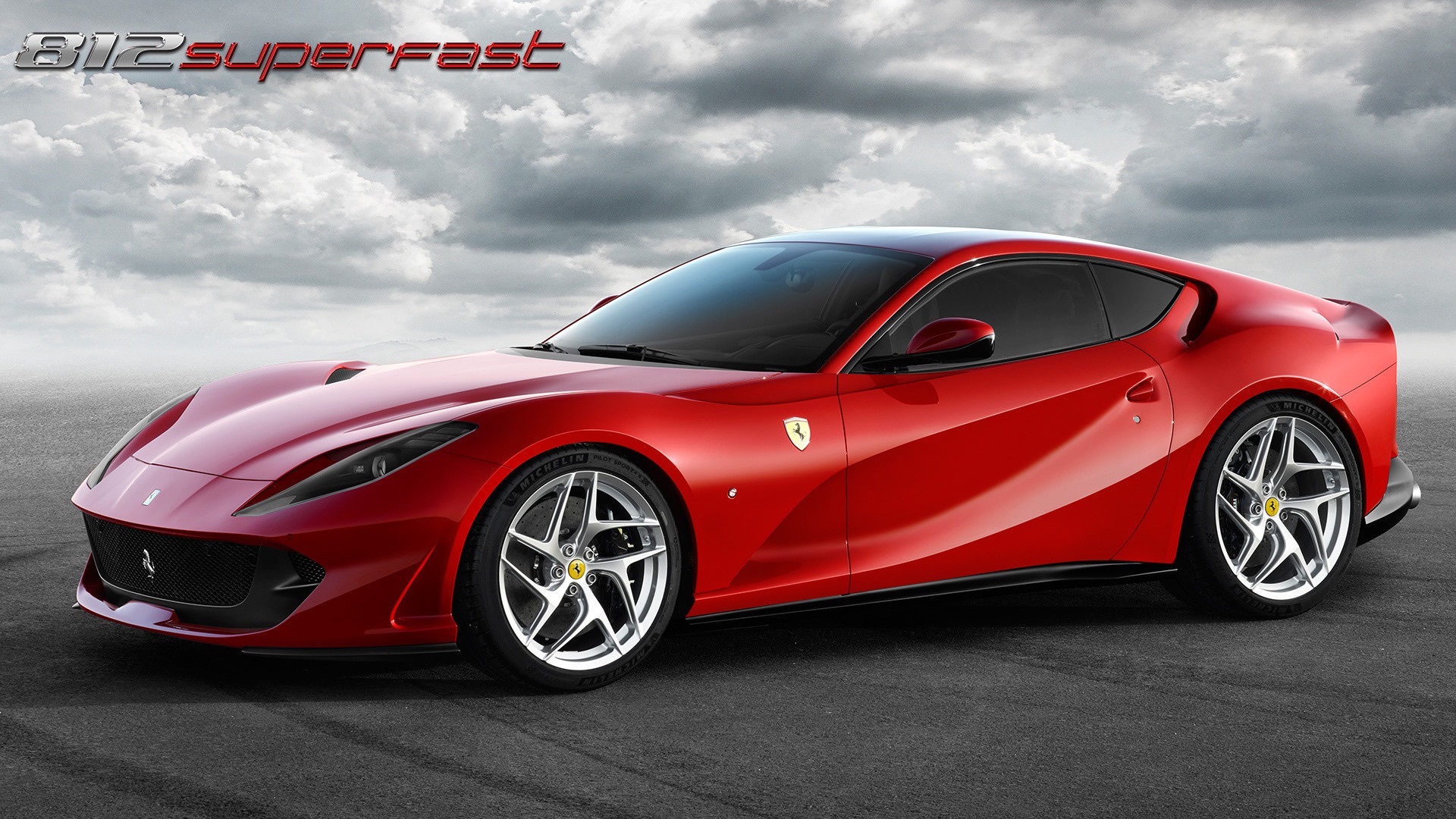
Performance statistics:
- Horsepower: 788 hp
- Maximum speed: 211 mph
- Acceleration: 0-60 mph in 2.9 seconds
Historical significance:
The Ferrari 812 Superfast, introduced in 2017, is the successor to the F12berlinetta. It represents the pinnacle of Ferrari's front-engine, V12 grand touring cars. The 812 Superfast combines breathtaking performance with luxurious comfort.
Aesthetic appeal:
The 812 Superfast features a muscular yet elegant exterior design. Its long bonnet, sculpted body, and aggressive front grille command it on the road. The interior is a blend of comfort, luxury, and modern technology.
Technological advancements:
The 812 Superfast incorporates the latest technological advancements from Ferrari. It features an updated version of the iconic V12 engine, advanced aerodynamics, active rear-wheel steering, and innovative suspension systems.
Popularity and acclaim:
The Ferrari 812 Superfast has been praised for its exceptional performance and refined driving experience. Its power, comfort, and luxury blend has made it highly desirable among Ferrari enthusiasts and collectors. The 812 Superfast is a testament to Ferrari's commitment to pushing the boundaries of automotive engineering.
Ferrari F8 Tributo
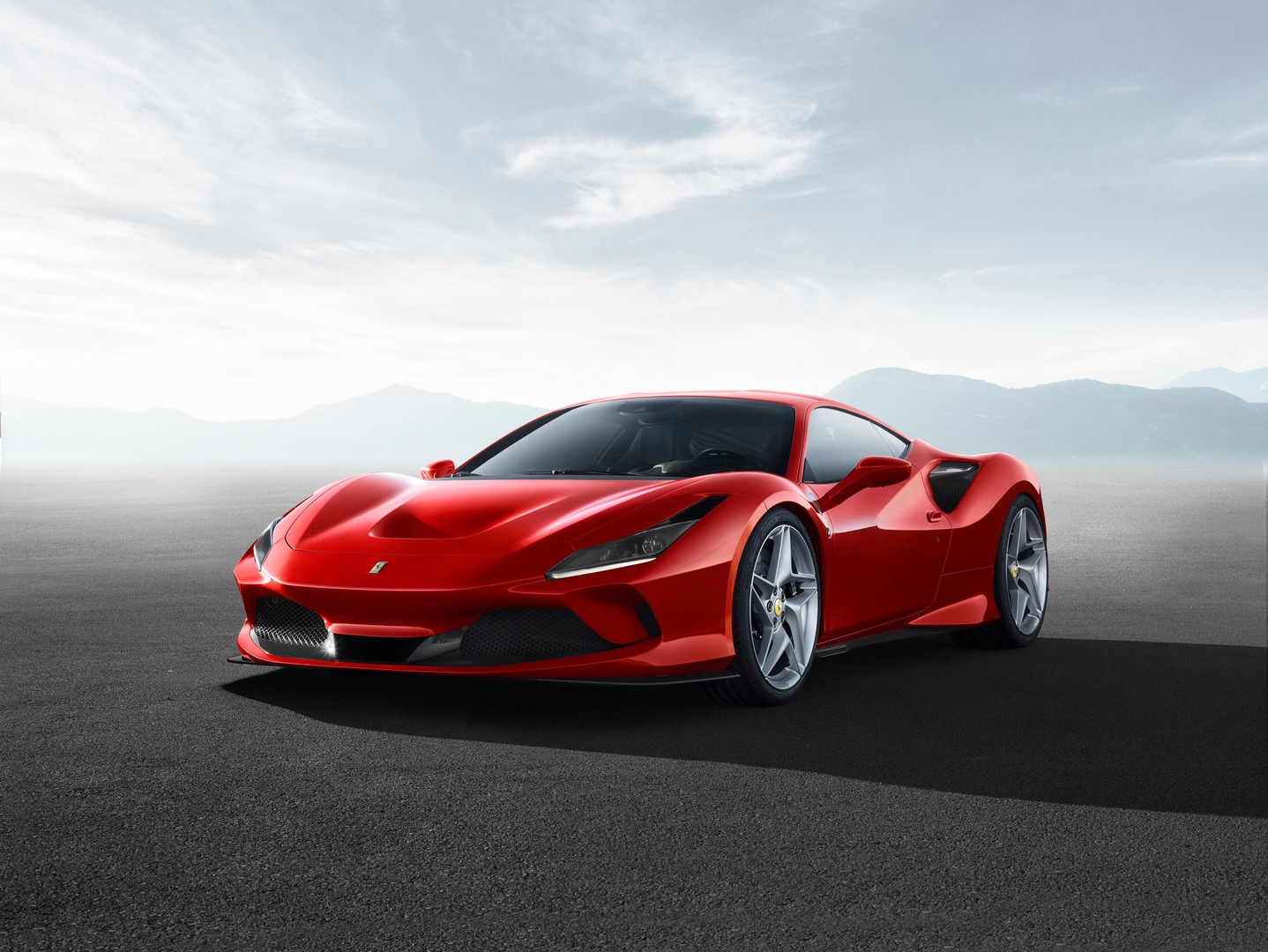
Performance statistics:
- Horsepower: 710 hp
- Maximum speed: 211 mph
- Acceleration: 0-60 mph in 2.9 seconds
Historical significance:
The Ferrari F8 Tributo, introduced in 2019, pays homage to the iconic Ferrari V8 models before it. It takes inspiration from the 488 GTB and 458 Italia, combining their best features into one exceptional sports car.
Aesthetic appeal:
The F8 Tributo features a sleek and aerodynamic design. Its sculpted body, sharp lines, and aggressive front end make it an attention-grabbing sight. The interior combines luxurious materials and advanced technology for a driver-centric experience.
Technological advancements:
The F8 Tributo incorporates the latest technological advancements from Ferrari's racing division. It features an enhanced version of the 488 GTB's twin-turbo V8 engine, advanced aerodynamics, active systems, and improved handling capabilities.
Popularity and acclaim:
The Ferrari F8 Tributo has been highly praised for its performance and drivability. It has received accolades for its precise handling, blistering acceleration, and overall driving experience. The F8 Tributo has quickly become a favorite among Ferrari enthusiasts and a worthy addition to the brand's illustrious lineup.
Ferrari Portofino
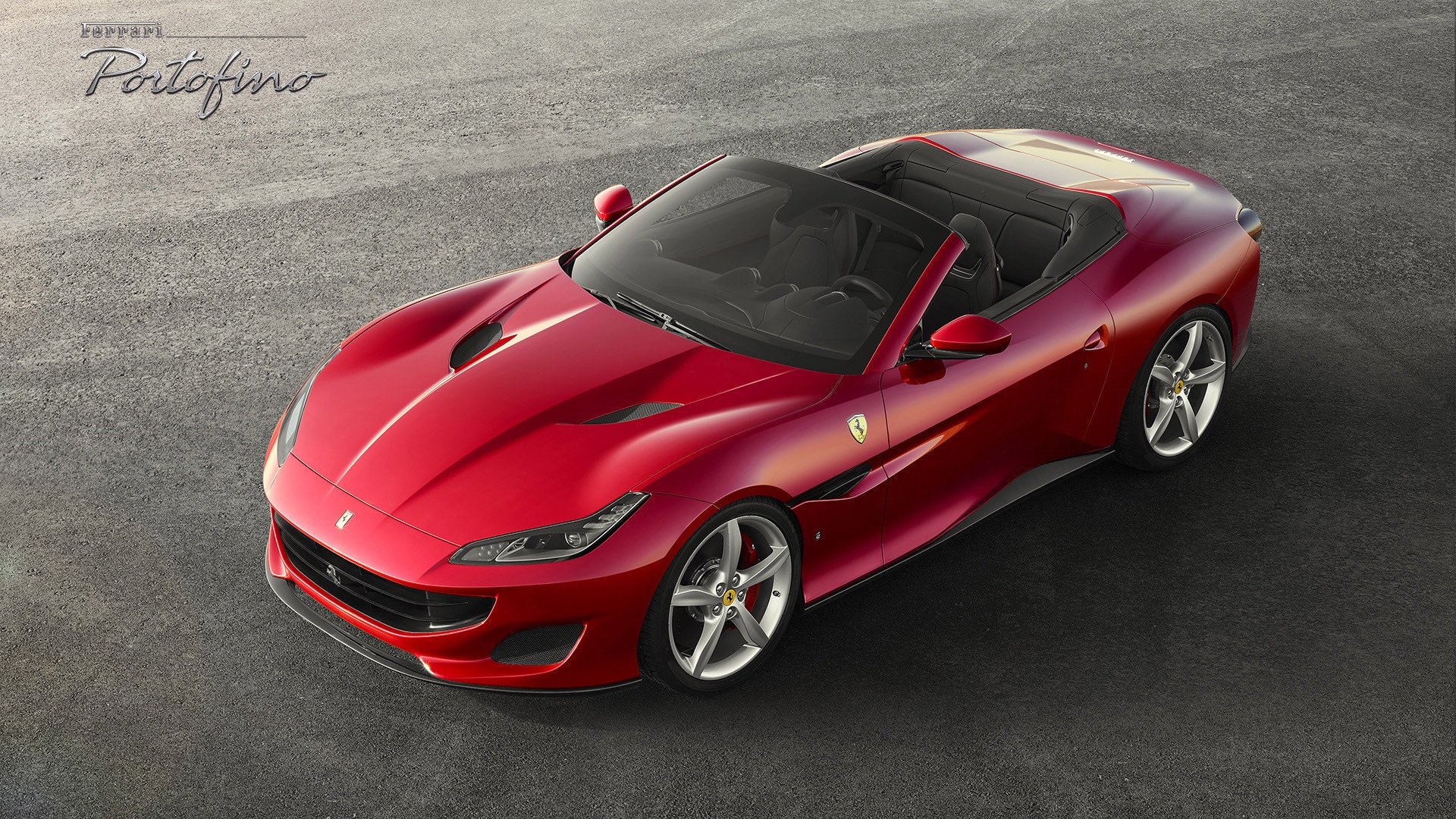
Performance statistics:
- Horsepower: 591 hp
- Maximum speed: 199 mph
- Acceleration: 0-60 mph in 3.5 seconds
Historical significance:
The Ferrari Portofino, introduced in 2017, is the successor to the California T. Ferrari’s entry-level model is designed to offer a perfect blend of performance, comfort, and usability.
Aesthetic appeal:
The Portofino features a sleek and elegant design. Its retractable hardtop transforms it from a coupe to a convertible in just 14 seconds, adding an extra layer of versatility. The interior is crafted with attention to detail and offers a luxurious driving experience.
Technological advancements:
The Portofino incorporates various technological advancements to enhance its performance and comfort. It features a turbocharged V8 engine, advanced aerodynamics, and an adaptive suspension system. The retractable hardtop adds to its practicality.
Popularity and acclaim:
The Ferrari Portofino has proven to be a popular choice among buyers looking for a blend of performance and everyday usability. Its comfortable interior, versatile roof, and Ferrari's legendary performance have made it a sought-after grand tourer. The Portofino demonstrates Ferrari's ability to create accessible supercars without compromising the brand's DNA.
The Origin of Ferrari: A Glimpse into the Past
When we talk about Ferrari, we can't ignore the pivotal role played by Enzo Ferrari, the founder of this illustrious brand. Enzo Ferrari was passionate about racing, which led him to establish Scuderia Ferrari in 1929. This racing team later evolved into one of the most successful car manufacturers in the world.
Enzo Ferrari faced numerous challenges in the early days of the brand. The aftermath of World War II and financial difficulties tested his resilience. However, he triumphed over adversity and launched the first Ferrari road car, the Ferrari 125 S, in 1947. This marked the beginning of a new era for Ferrari, as they combined their racing prowess with luxurious craftsmanship, creating a breed of cars that stunned the world.
Over the years, Ferrari has introduced numerous groundbreaking models that have left an indelible mark on the automotive industry. Let's take a closer look at some of the top Ferrari car models that have earned their place in the hearts of car enthusiasts worldwide.

